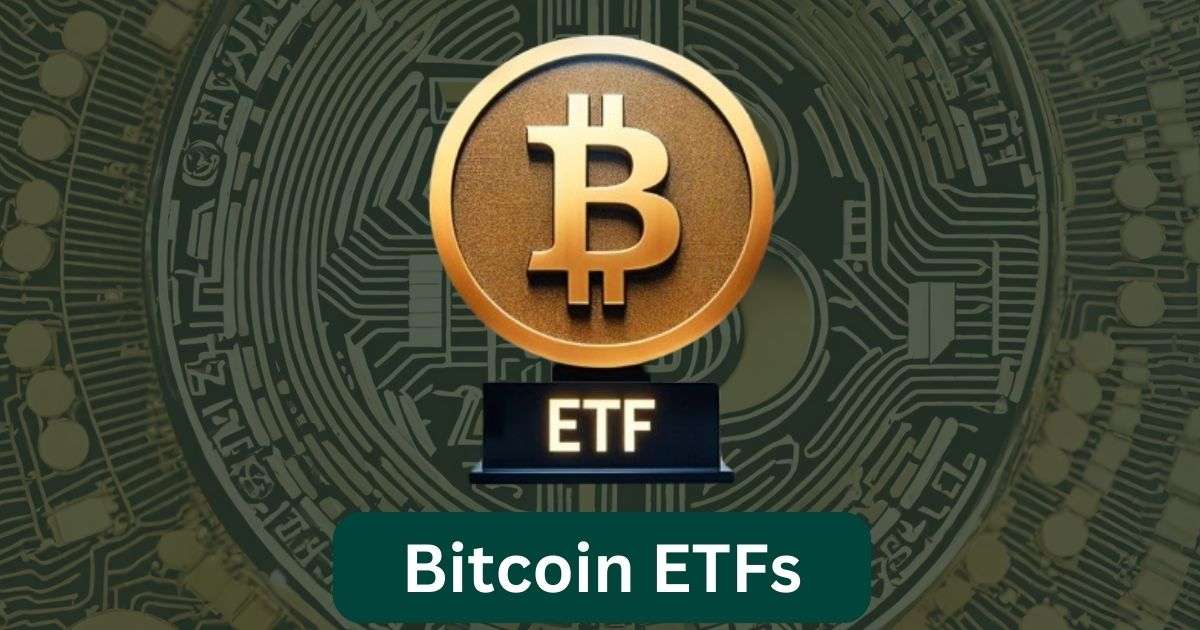In an exciting development for the cryptocurrency market, the U.S. Securities and Exchange Commission has finally given the green light to spot(Bitcoin ETFs) Bitcoin exchange-traded funds (ETFs). ETFs approved on January 11, investors now have a range of options to choose from. But why should you consider investing in spot Bitcoin ETFs over other alternatives? Let’s dive in and explore the advantages and factors to consider when selecting the right spot Bitcoin ETF for your portfolio.
What is Spot Bitcoin ETFs
Spot Bitcoin ETFs, officially known as ETFs that hold Bitcoin, closely mirror the performance of Bitcoin prices, minus associated fees and trading costs. The term “spot” refers to the immediately available price of a security, in contrast to futures prices, which are determined for a future date. While stocks and bonds trade at spot prices, products like commodities trade at future prices to allow buyers to lock in specific prices.
Choosing spot Bitcoin ETFs over alternatives can be a wise decision for several reasons, including lower fees and avoidance of futures-related performance drag. Let’s take a closer look at these advantages.
Superior Option with Lower Fees
The SEC’s approval of multiple filings simultaneously led to intense fee competition among issuers during the application process. This competition benefits investors, as issuers strive to attract new assets by offering competitive fees. Spot Bitcoin ETFs significantly undercut the exorbitant fees charged by existing crypto funds. For instance, the Grayscale trusts currently impose fees of 2% to 3%, while the largest Bitcoin futures ETF charges 0.95%. In contrast, Bitwise’s spot Bitcoin ETF filing boasts a mere 0.20% fee.
Futures Drag on Performance
Bitcoin futures ETFs entered the market back in October 2021, long before the approval of spot Bitcoin ETFs. Investors in Bitcoin futures ETFs incur additional fees when rolling from one futures contract to the next. This is not a concern for spot Bitcoin ETFs, making them a more attractive investment option.
Improved Tracking of Net Asset Value
Previously, grantor trusts like the Grayscale Bitcoin Trust (GBTC) dominated the Bitcoin investment scene due to a lack of alternative options. However, these trusts functioned similarly to closed-end funds, making adding and redeeming shares a cumbersome process. This lack of flexibility posed challenges, particularly when demand fluctuated, leading to GBTC trading at a discount rather than a premium. Spot Bitcoin ETFs, on the other hand, are more resilient in tracking their net asset value and offer streamlined daily share creation and redemption processes, ensuring better balance between supply and demand.
Efficiency Considerations
While spot Bitcoin ETFs offer numerous advantages over Bitcoin futures ETFs, they are currently not as efficient as other ETFs available in the market. ETFs have gained immense popularity due to their low costs, which are achieved through in-kind creations and redemptions. However, spot Bitcoin ETFs have only been approved for cash creations and redemptions. Consequently, these ETFs bear the burden of buying and selling Bitcoin, which could incur additional trading costs. Although the extent of these costs remains to be seen, investors may opt for traditional ETFs until this inefficiency is resolved.
Unique Risks of Bitcoin Investments
Investing in Bitcoin, and by extension, spot Bitcoin ETFs, comes with inherent risks. The volatility of Bitcoin prices far exceeds that of the U.S. stock market. While much of Bitcoin’s volatility has been upward, it has also experienced significant drawdowns. Furthermore, the cryptocurrency market has witnessed instances of manipulation and fraud. Although spot Bitcoin ETFs don’t directly inherit these risks, they are influenced by the price of Bitcoin and depend on trusted entities such as cryptocurrency exchange Coinbase. Investors should carefully assess their risk tolerance before considering spot Bitcoin ETFs.
Choosing the Right Spot Bitcoin ETF for You
Selecting the most suitable spot Bitcoin ETF involves considering key factors such as fees, liquidity, and trading costs. Investors adopting a buy-and-hold strategy should prioritize fees, while active traders should focus on liquidity. Evaluating how trading costs impact performance is beneficial for all. In terms of fees, Bitwise Bitcoin ETF stands out with a low ongoing fee of 0.20%. However, other ETFs from ARK, Fidelity, VanEck, and iShares offer similarly competitive fees. The Grayscale ETF, with its proposed fee of 1.50%, should not be favored due to the absence of any additional benefits.
Active traders should consider liquidity costs, including bid-ask spreads and the depth of liquidity. The narrower the bid-ask spread, the better the liquidity, ensuring optimal execution prices for larger trades. Finally, trading costs, including transaction costs, crossing the bid-ask spread, and market impact costs, should also be factored into the decision-making process. Issuers with extensive resources and capital markets experience, such as Bitwise or VanEck, may have an advantage in managing these costs.
In summary, spot Bitcoin ETFs represent an exceptional investment opportunity for those seeking exposure to Bitcoin. By carefully considering the advantages and specific fund criteria, investors can select the spot Bitcoin ETF that best aligns with their investment goals.
Disclaimer :- Myghsr.com does not recommend that any cryptocurrency should be bought, sold or held by you.
Also Read: Facts About Adan Canto
